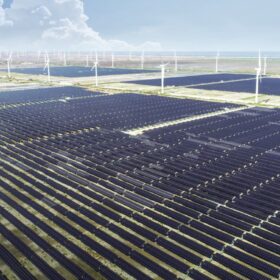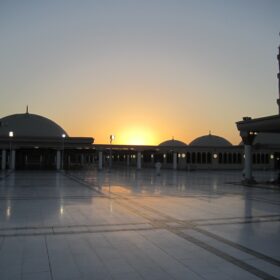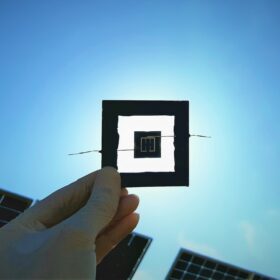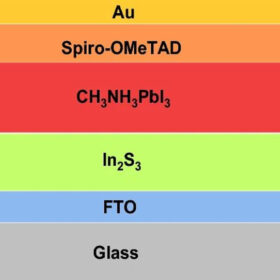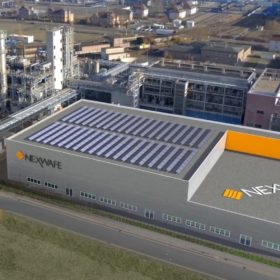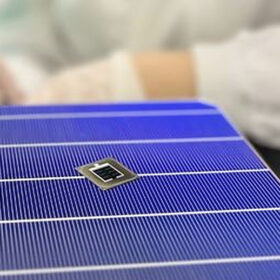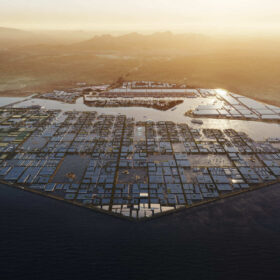Saudi Arabia to power green hydrogen project with 2.2 GW of solar
Sungrow has agreed to supply inverter technology for a 2.2 GW solar plant under development in Oxagon, Saudi Arabia. The PV installation, which will be the largest in the Middle East upon completion, will provide power for Neom Green Hydrogen Co.’s (NGHC) $8.7 billion green hydrogen project.
TotalEnergies-led group nails financing for 119 MW of solar in Saudi Arabia
A consortium led by TotalEnergies has secured financing for a 119 MW project that it won in a 2021-22 tender held by the Saudi authorities. It will be located in Wadi Al Dawasir.
Temperature coefficient of short circuit current may not be proper metric for perovskite-silicon tandem solar cells
Researchers in Saudi Arabia have conducted a series of tests to investigate the temperature coefficient of the short circuit current in perovskite-silicon tandem solar cells and have found that it may not be considered a proper metric to assess these devices’ performance and behavior.
Perovskite solar cell based on indium sulfide ETL promises 20.15% efficiency
An international team has sought to use indium sulfide as an electron transport material in a perovskite solar cell. The result is a device with lower defect density and improved performance.
TOPCon : dominant plus que jamais
Lors de ce pv magazine Webinar réunissant Mejdi Khayati, Responsable Technique pour JinkoSolar MENA, et Nicolas Chouleur, partenaire au cabinet de conseil Everoze, nous aborderons tout le potentiel de la technologie de cellules photovoltaïques TOPCon pour les producteurs et les développeurs de projets, ainsi que les perspectives de croissance du marché.
NexWafe secures funding to build wafer factory in Germany, announces new factory in Saudi Arabia
German wafer manufacturer Nexwafe is currently trying to commercialize its highly efficient monocrystalline wafer technology.
KAUST claims 33.7% efficiency for perovskite/silicon tandem solar cell
The European Solar Test Installation (ESTI) has confirmed the results of King Abdullah University of Science and Technology’s (KAUST) new perovskite/silicon tandem solar cell. The 1 cm2 device also achieved an open-circuit voltage of 1.974 V, a short-circuit current density of 20.99 mA/cm2, and a fill factor of 81.3%.
The Hydrogen Stream: NEOM signs green hydrogen deal in Saudi Arabia
NEOM Green Hydrogen Company has secured an exclusive 30-year off-take agreement with Air Products for what they claim will be the world’s largest green hydrogen plant, while Germany’s EEX has launched the world’s first market-based hydrogen index.
Saudi Arabia’s Public Investment Fund, ACWA Power invest $3.25 billion in three new solar projects
With a combined capacity of 4.55 GWac, the projects will power some 750,000 households. The Public Investment Fund is mandated to develop 70% of Saudi Arabia’s renewable energy target capacity by 2030.
KAUST claims 33.2% efficiency for perovskite/silicon tandem solar cell
The European Solar Test Installation (ESTI) has confirmed the results of King Abdullah University of Science and Technology’s (KAUST) new perovskite/silicon tandem solar cell. KAUST researchers claim the tech is a step forward from other perovskite-silicon cells they have developed.
